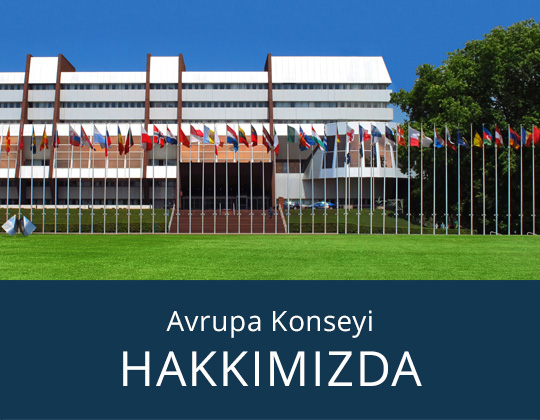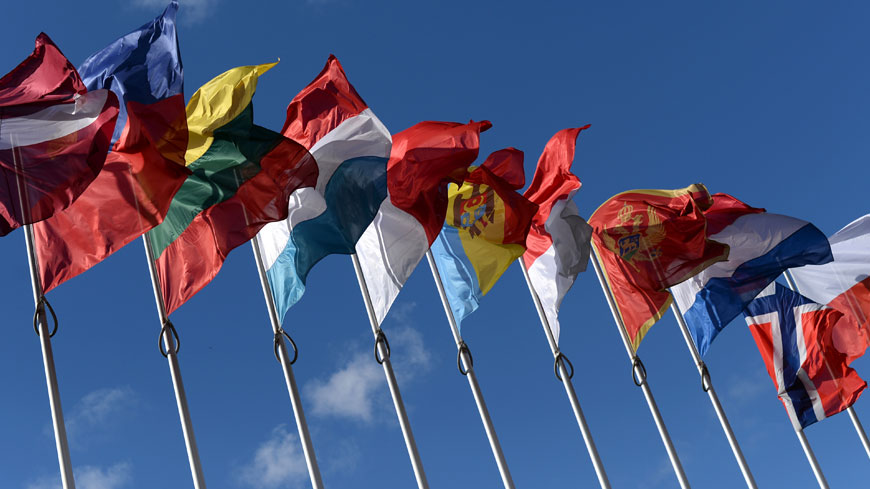Art and donations
Art at the Council of Europe: pluralism at work

In particular, these works bear witness to the multicultural vision of Europe’s identity that the Council of Europe promotes. Over the years, ancient and contemporary works, decorative objects, objects of technological interest, sculptures and paintings have been added to the collection. The collection is a reminder of what constitutes the very essence of European society – unity that stems from diversity.
The collection contains works in three categories: archaeological items, decorative and technological objects, and works of contemporary art.
The collection is evolving all the time. The accession of new member states to the Council of Europe in recent decades and the construction of new buildings – the European Youth Centre in the 1970s, the Human Rights Building in the 1990s and the Agora, inaugurated in 2008 – regularly open up fresh possibilities for displaying the works to a wider public.
Mirroring Europe’s cultural identity, the collection contrasts unity and diversity, and bears witness to the creativity of the peoples of Europe.

Did you know?
The Convention on preventing and combating violence against women and domestic violence makes it clear that violence against women and domestic violence can no longer be considered as a private matter and that states have an obligation to prevent violence, protect victims and punish the perpetrators.






